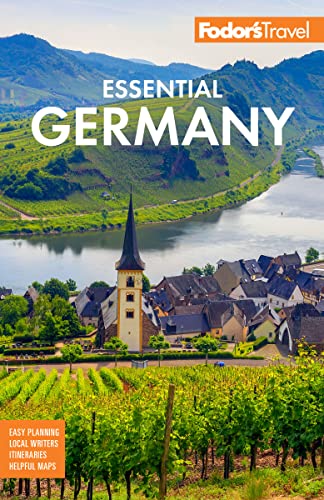Stuttgart is a city of contradictions. It has been called, among other things, "Germany's biggest small town" and "the city where work is a pleasure." For centuries Stuttgart, whose name derives from Stutengarten, or "stud farm," remained a pastoral backwater along the Neckar. Then the Industrial Revolution propelled the city into the machine age. Leveled in World War II, Stuttgart has regained its position as one of Germany's top industrial centers.
This is Germany's can-do city, whose natives have turned out Mercedes-Benz and Porsche cars, Bosch electrical equipment, and a host of other products exported worldwide. Yet Stuttgart is also a city of culture and the arts, with world-class museums, opera, and ballet. Moreover, it's the domain of fine local wines; the vineyards actually approach the city center in a rim of green hills. Forests, vineyards, meadows, and orchards compose more than half the city, which is enclosed on three sides by woods. Each year in October, Stuttgart is home to Germany’s second-largest Oktoberfest (after Munich), called the Canstatter Volksfest.
An ideal introduction to the contrasts of Stuttgart is a guided city bus tour. Included is a visit to the needle-nose TV tower, high on a mountaintop above the city, affording stupendous views. Built in 1956, it was the first of its kind in the world. The tourist office also offers superb walking tours. On your own, the best place to begin exploring Stuttgart is the Hauptbahnhof (main train station); from there walk down the pedestrian street Königstrasse to Schillerplatz, a small, charming square named after the 18th-century poet and playwright Friedrich Schiller, who was born in nearby Marbach. The square is surrounded by historic buildings, many of which were rebuilt after the war.






